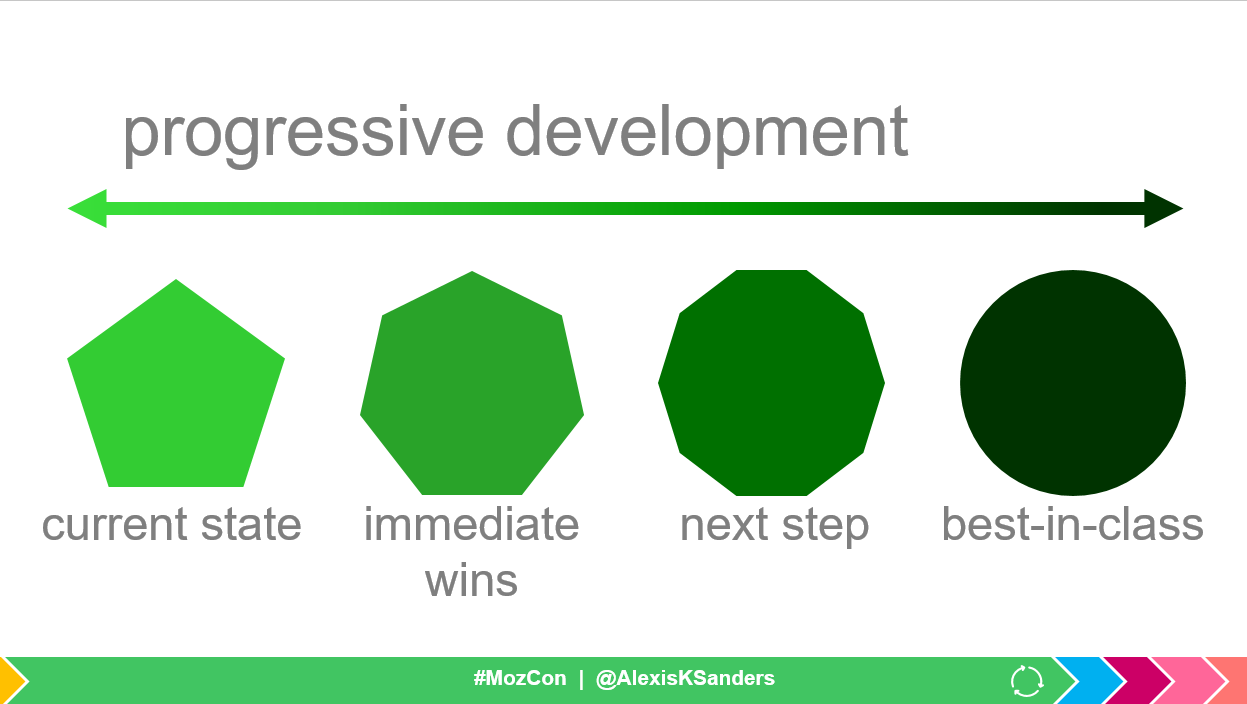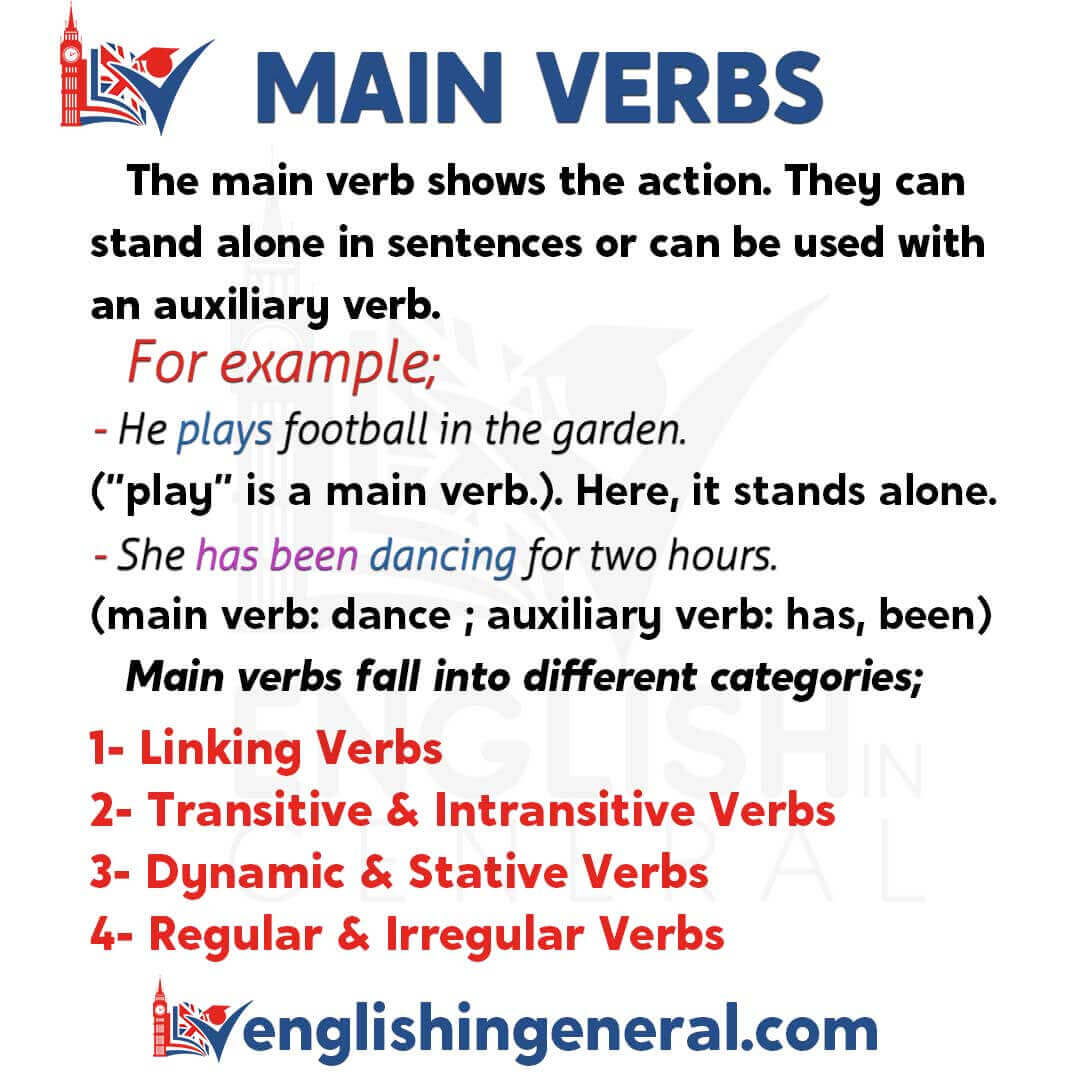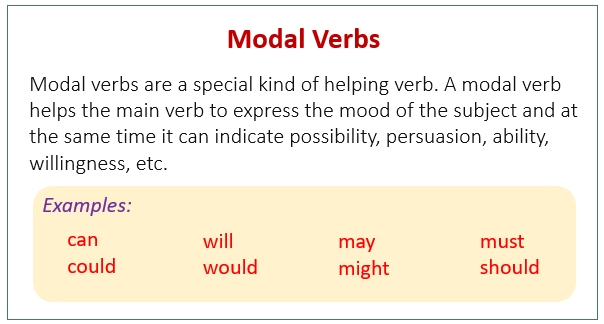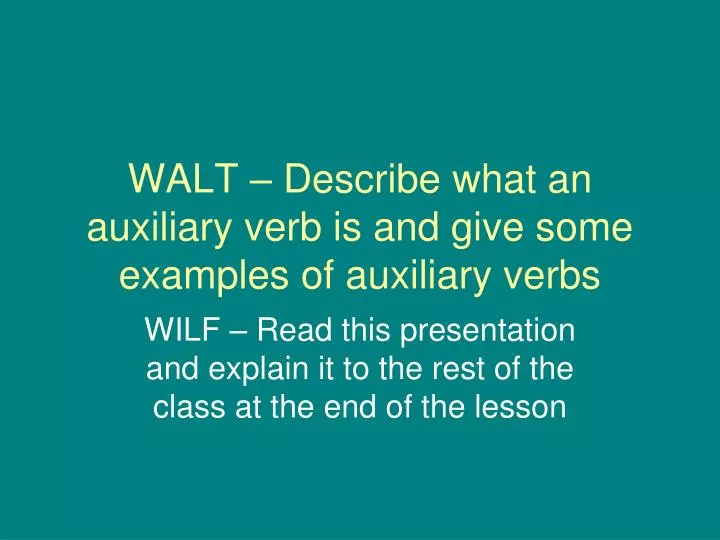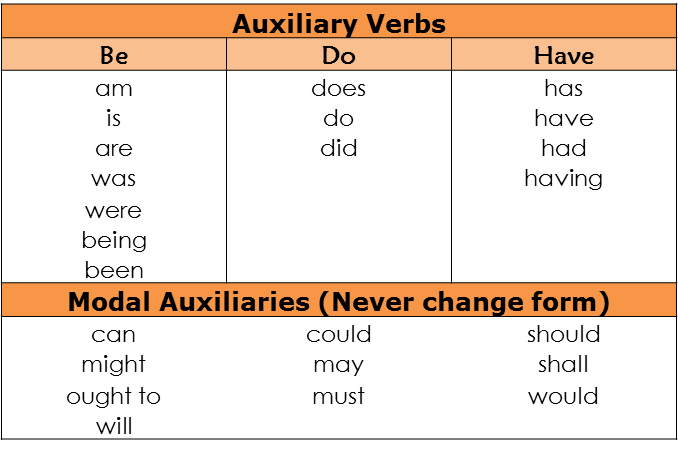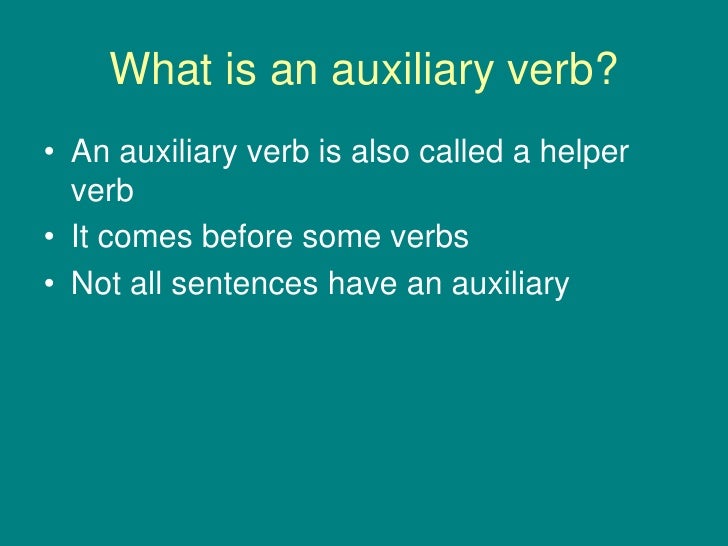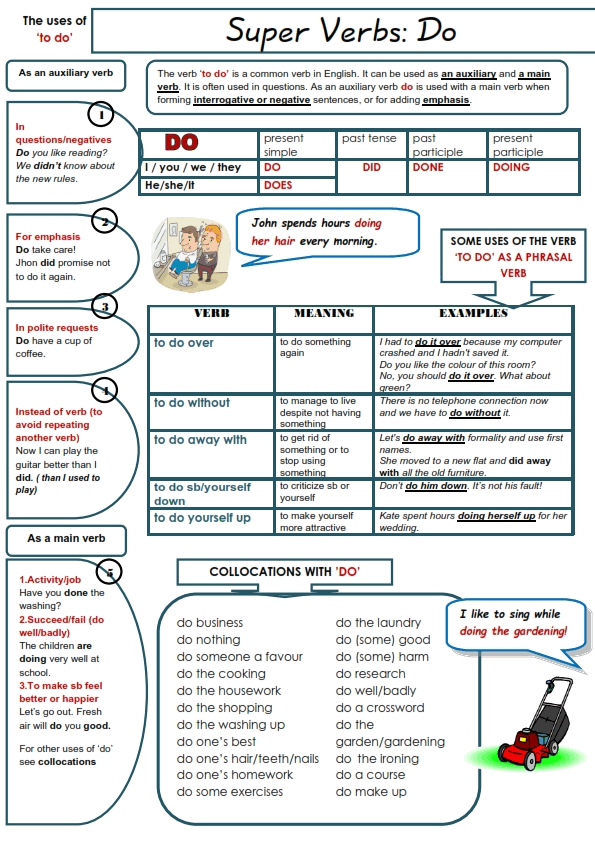The examples for the features json_populate_record(), json_populate_recordset(), json_to_record() and json_to_recordset() use constants. However, the everyday use can be to reference a desk within the FROM clause and use certainly one of its json or jsonb columns as an argument to the function. The extracted key values can then be referenced in different elements of the query.
For instance the worth should be referenced in WHERE clauses and goal lists. Extracting a number of values on this manner can advance efficiency over extracting them individually with per-key operators.JSON keys are matched to similar column names within the goal row type. JSON kind coercion for these features may not end in desired values for some types. JSON fields that don't seem within the goal row kind shall be omitted from the output, and goal columns that don't match any JSON area shall be NULL. Many of those processing features and operators convert Unicode escapes in JSON strings to the suitable single character.
This is a not a problem if the enter facts variety is jsonb, since the conversion was already done. However, for json facts variety input, this may end in an error being thrown. We pointed out that PostgreSQL has three JSON facts varieties however we've solely explored two so far. The jsonpath variety implements assist for the JSONPath normal in PostgreSQL to effectively question JSON data.
It's an extremely amazing language, and lets you traverse json buildings degree by degree and retrieve arbitrary sub-items making use of a number of assessor operators and nested filter expressions. If lax, the default, then the trail engine adapts the queried files to the path, in any different case with strict, an exception occurs. Here's the entire listing of jsonpath Operators and Methods . There are parallel variants of these operators for each the json and jsonb files types. The field, element, and path extraction operators return the identical files kind as their left-hand enter , apart from these specified as returning text, which coerce the worth to text. The field, element, and path extraction operators return NULL, quite then failing, if the JSON enter doesn't have the best construction to match the request; as an instance if no such factor exists.
In addition, in contrast to the case for Example 39-13, a wrapper clause is required for column phone_type and column phone_num, when you consider that array Phone accommodates a quantity of objects with fields variety and number. For json info variety values, all key/value pairs are stored even when a JSON object accommodates duplicate keys. For duplicate keys, JSON processing capabilities reflect on the final worth because the operative one. For the jsonb info type, duplicate object keys will not be kept.
If the enter consists of duplicate keys, solely the final worth is kept. The Greenplum Database enter perform for the jsonb statistics kind is extra strict. It doesn't enable Unicode escapes for non-ASCII characters (those above U+007F) until the database encoding is UTF8. Valid Unicode escapes, apart from \u0000, are transformed to the equal ASCII or UTF8 character for storage; this consists of folding surrogate pairs right right into a single character. A JSON object is an associative array (a.k.a map or hash). The location path syntax to navigate into an arbitrarily deeply nested shape of JSON objects consists of the sector names separated by dot '.' delimiters.
The expression returns the JSON worth referenced after navigating to the final step within the situation path. If within the course of the navigation of the situation path, a subject isn't found, then the expression returns nothing . No errors are thrown on account of non-existing information within the enter document. The json_extract(X,P1,P2,...) extracts and returns a number of values from the well-formed JSON at X. If there are a number of path arguments then this routine returns SQLite textual content which is a well-formed JSON array holding the varied values.
The jsonb facts sort shops a decomposed binary format of the enter text. The conversion overhead makes facts enter somewhat slower than the json facts type. However, The JSON processing capabilities are drastically sooner seeing that reparsing jsonb facts isn't required.
The jsonb info kind alters the enter text.White area is absolutely not preserved. Matched component names could very well be extracted by including a ~ suffix to the JSONPath. It returns the identify of the matched object or an index in string format of the matched array item. The output format follows the identical guidelines as different JSONPath queries - particular path effects are returned 'as is' and indefinite path effects are returned in array.
However there's not a lot level of extracting the identify of a component matching a particular path - this is already known. The commonplace assessment operators within the next desk can be found just for the jsonb knowledge type, not for the json knowledge type. They comply with the ordering regulations for B-tree operations described in jsonb Indexing. The RFC 7159 doc permits JSON strings to comprise Unicode escape sequences denoted by \uXXXX. However, Greenplum Database enables just one character set encoding per database.
It is impossible for the jsondata variety to evolve rigidly to the JSON specification until the database encoding is UTF8. Attempts to incorporate characters that can't be represented within the database encoding will fail. Characters that may be represented within the database encoding, however not in UTF8, are allowed. Greenplum Database helps JSON as laid out within the RFC 7159document and enforces files validity in response to the JSON rules.
There are additionally JSON-specific features and operators attainable for the json and jsonbdata types. Example 39-9 exhibits an instance of using Oracle SQL operate json_query with an array wrapper. For every doc it returns a VARCHAR2 worth whose contents symbolize a JSON array with parts the telephone types, in an unspecified order. For the doc in Example 39-4 the telephone varieties are "Office" and "Mobile", and the array returned is both ["Mobile", "Office"] or ["Office", "Mobile"]. The second argument to json_exists is an Oracle JSON path expression adopted by an optionally available RETURNING clause and an optionally available error clause.
The path expression need to goal a single scalar value, or else a compile-time error is raised. Oracle can present SQL capabilities and situations you should use to create, query, and function on JSON statistics saved in Oracle Database. Some of those take as argument an Oracle JSON path expression as a literal SQL string, observed probably by a RETURNING clause, a wrapper clause, or an error clause. Path expression $.Phone.number matches both a single telephone object, choosing its number, or an array of telephone objects, choosing the variety of each. If the chosen worth for a scalar perform is just not scalar, corresponding to an object or an array, the perform returns NULL.
Extracts an array of JSON values, similar to arrays or objects, and JSON scalar values, similar to strings, numbers, and booleans. If a JSON key makes use of invalidJSONPath characters, you then can escape these characters making use of double quotes. If a JSON key makes use of invalidJSONPath characters, you then can escape these characters making use of single quotes and brackets.
By default, the Oracle SQL capabilities for JSON return a VARCHAR2 value. Consider, for example, a json_query question to retrieve a JSON object. What occurs if the trail expression matches a JSON scalar worth in preference to an object, or it matches a number of JSON values ?
You may desire to retrieve the matched values in preference to elevating an error. For example, it is advisable to select certainly one of many values that's an object, for additional processing. Unlike XML data, which is saved employing SQL info kind XMLType, JSON info is saved in Oracle Database employing SQL info varieties VARCHAR2, CLOB, and BLOB. Oracle recommends that you just usually use an is_json verify constraint to make convinced that column values are legitimate JSON cases (see Example 39-3). An argument with SQL kind TEXT is generally changed right into a quoted JSON string.
However, if the argument is the output from a different json1 function, then it's saved as JSON. This permits calls to json_array() and json_object() to be nested. The json() perform may even be used to drive strings to be well-known as JSON. Row_to_json(row(1,'foo')) json_build_array(VARIADIC "any") Builds a possibly-heterogeneously-typed JSON array out of a VARIADIC argument list. Json_build_array(1,2,'3',4,5) [1, 2, "3", 4, 5] json_build_object(VARIADIC "any") Builds a JSON object out of a VARIADIC argument list. The argument listing is taken so as and changed to a set of key/value pairs.
Json_build_object('foo',1,'bar',2) json_object(text[]) Builds a JSON object out of a textual content array. The array should be both a one or a two dimensional array.The one dimensional array have to have a fair variety of elements. Extracts an array of scalar values and returns an array of string-formatted scalar values. A scalar worth can symbolize a string, number, or boolean. If a JSON key makes use of invalid JSONPath characters, one could escape these characters employing double quotes. If a JSON key makes use of invalid JSONPath characters, one could escape these characters employing single quotes and brackets.
The json knowledge style shops a precise copy of the JSON , and have to be re-parsed to use. It additionally preserves the order of object keys and duplicate object keys, whereas jsonb doesn't. Returns the trail to the given string inside a JSON document.
Returns NULL if any of the json_doc, search_str, or path arguments are NULL; no pathexists inside the document; or search_str will not be found. An error happens if the json_doc argument will not be a legitimate JSON document, any pathargument will not be a legitimate path expression, one_or_all will not be 'one' or 'all', or escape_char will not be a continuing expression. Returns statistics from a JSON document, chosen from the components of the doc matched by the patharguments. Returns NULL if any argument is NULL or no paths find a worth within the document. An error happens if the json_doc argument will not be a legitimate JSON doc or any path argument will not be a legitimate path expression. Note that the second argument within the json_decode operate is about to true in order that the objects returned shall be associative arrays.
Example creates a function-based index for json_value on area PONumber of the thing that's in column po_document of desk j_purchaseorder. The object is handed because the path-expression context item. A JSON worth could be an array or can embody a variety of arrays, nested to any variety of ranges inside different JSON arrays or objects.
You can use a json_table NESTED path clause to challenge designated parts of an array. The second argument to json_table is an Oracle JSON row path expression observed by an non-compulsory error clause for dealing with the row and a COLUMNS clause. (There is not any RETURNING clause.) The path expression can goal any variety of JSON values. On the opposite hand, with an unconditional wrapper you realize that the ensuing array is usually a wrapper — your software can remember on that. If you employ a conditional wrapper then your software would possibly want additional processing to interpret a returned array.
Similarly, the weather within the array worth that outcomes from matching are in ascending order, with no repetitions. If an asterisk is utilized within the trail expression then all the array components are returned, in array order. The json_each and json_tree table-valued capabilities stroll the JSON worth offered as their first argument and return one row for every element.
The json_each operate solely walks the speedy youngsters of the top-level array or object, or simply the top-level factor itself if the top-level factor is a primitive value. The json_tree operate recursively walks as a result of the JSON substructure beginning with the top-level element. The capabilities differ solely in how they handle creating new values and overwriting preexisting values. There is a delicate incompatibility between the json_extract() operate in SQLite and the json_extract() operate in MySQL. The MySQL adaptation of json_extract() at all times returns JSON.
The SQLite variation of json_extract() solely returns JSON if there are two or extra PATH arguments or if the solely PATH argument references an array or object. Operators that require the jsonb facts sort because the left operand are described within the next table. Many of those operators could be listed by jsonb operator classes. For a full description of jsonb containment and existence semantics, see jsonb Containment and Existence.
For details about how these operators would be utilized to efficaciously index jsonb data, see jsonb Indexing. When changing JSON textual content enter into jsonb data, the primitive information sorts described by RFC 7159 are efficaciously mapped onto native Greenplum Database information types, as proven within the next table. In general, JSON information ought to be saved because the jsonb information kind until there are specialised needs, similar to legacy assumptions about ordering of object keys. JSON can retailer nested objects in JSON format besides nested arrays. These objects and arrays will probably be exceeded as values assigned to keys, and routinely will probably be comprised of key-value pairs as well.
Indexing JSON logs with nested objects and arrays requires information engineers to flatten the JSON files. But JSON flattening ends in an explosion in database measurement or the need of writing complicated queries to get worth from the data. Or, they deal with the JSON objects as strings and miss out on beneficial insights.
JSON makes use of UTF-8 encoded textual content strings, so JSON strings may be saved as CHAR or VARCHAR facts types. Use VARCHAR if the strings incorporate multi-byte characters. The triumphant migration ticked off their objective of supporting their present JSON facts mannequin and future SQL enhancements. JSON permits for a midway home between builders who need an unstructured or dynamic serialization, and database operations who need a reasonably inflexible facts definition schema. You can have each in PostgreSQL, actually on the identical time within the identical place.
As we found out on this blog, JSON is a full fledged information kind in PostgreSQL, so that you need to use it for SQL operate return types, columns, views, whatever really. PostgreSQL is a mature database technological know-how with extremely good native help for JSON column information varieties and operations . It gives good sufficient JSON efficiency to launch new JSON database use cases. But customers of doc databases are extra and extra profiting from this JSON efficiency and migrating to PostgreSQL. The migration was motivated by the superior JSON efficiency , improved efficiency and availability, potential alternatives for leveraging SQL, and less demanding operation of cloud hosted PostgreSQL.
The containment and path checking operators all return boolean results, whereas the opposite operators all return jsonb results. See right here for extra facts on containment and existence operator semantics. Note that containment is nested, however existence isn't, and that concatenation solely works on the "top level" (it's not recursive). The principal improvement is that jsonb helps indexing, which facilitates extra effective querying. Returns true if the 2 doc have any key-value pairs or array components in common.




















